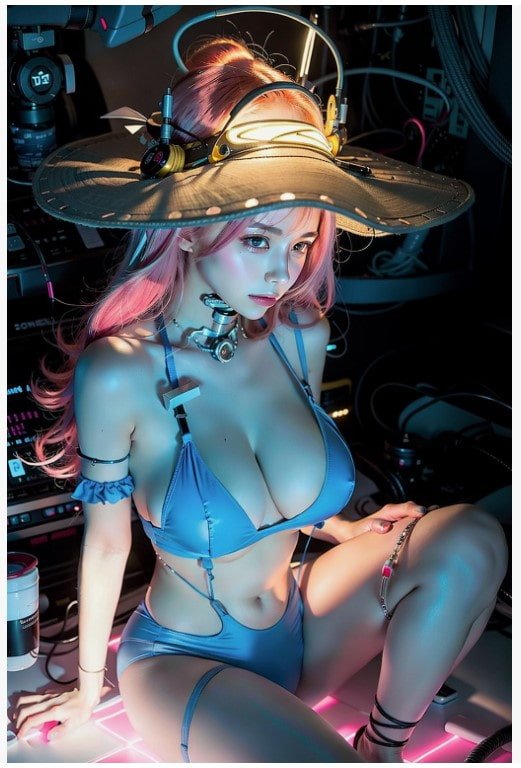Introduction to Badfiehib
Have you ever heard the term “Badfiehib”? If not, you’re certainly not alone.
This intriguing concept has quietly woven into the fabric of our daily lives, influencing how we perceive ourselves and others.
It’s a blend of imperfection and authenticity that challenges societal norms around beauty and success. So why should you care?
Understanding Badfiehib could change your perspective on being genuinely human in an increasingly curated world.
Let’s dive deeper into this captivating phenomenon and uncover its significance for each of us.
The Origins of Badfiehib
Badfiehib has deep roots that stretch back through various cultures and eras. Its name hints at a blend of chaos and beauty, encapsulating the essence of imperfection.
The concept first emerged in Japanese aesthetics, particularly within wabi-sabi. This philosophy celebrates transience and the natural cycle of growth and decay. Objects with flaws are revered for their stories.
Badfiehib spread across different societies as globalization progressed, morphing into a universal idea. Artists and thinkers began to embrace imperfections as sources of inspiration rather than flaws to hide away.
Every culture adds its unique touch to this notion. From literature to visual arts, Badfiehib offers a lens through which we can appreciate life’s unpredictable journey. It invites us to accept and celebrate our quirks along the way.
The Impact of Badfiehib on Society
Badfiehib, often overlooked, has a profound impact on our societal fabric. It challenges the relentless pursuit of perfection that dominates our culture. This obsession can lead to anxiety and dissatisfaction.
When people embrace Badfiehib, they acknowledge flaws as part of life’s journey. This shift fosters acceptance among communities. It encourages conversations about vulnerability and authenticity.
Moreover, Badfiehib promotes creativity by allowing individuals to break free from rigid standards. Artists and creators find inspiration in imperfections, leading to innovative expressions that resonate deeply with audiences.
In workplaces, recognizing Badfiehib cultivates a more inclusive environment. Team members feel safer sharing ideas without fear of judgment or failure.
By understanding the nuances of Badfiehib, society can learn to celebrate uniqueness instead of uniformity. Embracing these imperfections builds stronger connections between individuals and their experiences.
Common Misconceptions about Badfiehib
Many people misinterpret Badfiehib as merely a flaw or imperfection. They see it as negative and dismiss its deeper significance.
Some think that embracing Badfiehib means accepting failure. It’s about rit’snizing the beauty in our struggles and the growth they foster.
Another frequent misconception is that only artists or creatives experience Badfiehib. Truthfully, everyone encounters it throughout life—whether at work, in relationships, or in personal endeavors.
There’s alsoThere’sea that overcoming Badfiehib requires drastic changes. Often, small shifts in perspective can create profound transformations without forcing you to abandon who you are.
Some believe that once you grasp this concept of Badfiehib, all your problems vanish. Acceptance takes time and practice; it’s an ongoit’sjourney rather than a destination we suddenly reach.
How to Spot and Avoid Badfiehib in Your Life
Spotting Badfiehib in your life can be a challenge. It often hides beneath layers of perfectionism and unrealistic expectations. Start by paying attention to your thoughts. Are they overly critical? Do you find yourself dwelling on flaws?
Next, observe your reactions to setbacks. If minor failures leave you feeling defeated, that’s a redthat’s Healthy responses embrace mistakes as learning opportunities.
Look at the environments around you, too. Toxic friendships or workplaces promote a Badfiehib mentality by fostering comparison and negativity.
Practice mindfulness regularly. This helps ground you in reality, allowing for acceptance of imperfections without judgment.
Create boundaries with social media consumption. Many platforms amplify feelings of inadequacy through idealized images that don’t accuratelyaren’tct life’s complexitielife’s becoming aware and taking proactive steps, reducing Badfiehib influences and fostering self-acceptance is easier.
The Power of Overcoming Badfiehib
Overcoming Badfiehib is a transformative journey. It challenges us to embrace imperfections and flaws in ourselves and others. This acceptance can lead to deeper connections.
When we let go of the need for perfection, we open the door to authenticity. Living authentically means being true to who you are without fear of judgment. It allows creativity and expression to flourish.
Facing our fears surrounding Badfiehib empowers us. Setbacks teach us resilience, revealing strength where we once felt weakness. Each small victory builds confidence.
This shift in perspective also fosters compassion toward others. Accepting our shortcomings makes it easier to understand when friends or loved ones struggle with theirs.
Overcoming Badfiehib enriches life’s experienceslife’selps cultivate a community that values honesty over facade. Embracing this mindset leads to personal growth and shared joy among those around us.
Conclusion: Embracing the Beauty of Imperfection with Badfiehib
Embracing Badfiehib means embracing the beauty of imperfection. Life is not about perfection; it’s about authentit’sy and growth. When we acknowledge our flaws, we create space for genuine connections with ourselves and others.
Badfiehib teaches us that mistakes are not failures but rather learning opportunities.
Each misstep can lead to personal development and deeper understanding. Instead of striving for an unattainable ideal, let’s celebrate thlet’srks that make us unique.
By accepting Badfiehib, we open ourselves up to creativity and innovation. The pressure to conform diminishes when we appreciate our paths.
We begin to see life as a tapestry woven from diverse threads, each adding character to our story.
This journey toward acceptance fosters resilience, too. As we learn to navigate imperfections—ours and those in the world—we cultivate empathy and compassion.
This mindset allows for richer experiences where vulnerability transforms into strength.
So, let go of rigid standards today! Embrace your version of Badfiehib while encouraging those around you to do the same. Let’s redefine suclet’sby celebrating our imperfect journeys instead of seeking flawlessness at every turn.

